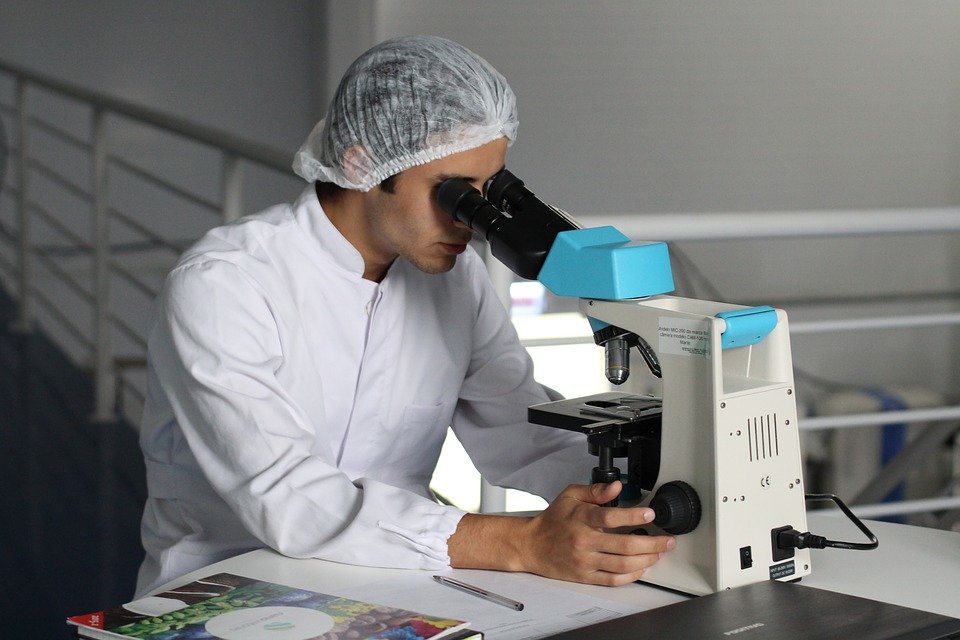NIRRH Mumbai reveals more about embryo implantation in the womb
September 18, 2017 | Monday | News
It took the team eight years to complete the study. The biggest challenge was to test and prove the sequence of events observed in the lab happen in the womb
Source: Pixabay
Researchers at the National Institute for Research in Reproductive Health (NIRRH) in Mumbai have found a cross-talk between the embryo and the inner lining of the uterus (endometrium) and discovered a chain of chemical events that facilitate the implantation of the embryo in the womb.
The understanding of this initial step has several potential implications such as improving the success rate of in vitro fertilisation (IVF), which hovers around 30% and developing contraceptives which work by preventing the implantation of the embryo. In all probability, the insight into the implanting mechanism might help in better understanding of conditions such as pre-eclampsia (gestational hypertension). The results of the study were published in the journal Endocrinology.
As per the study, even in normal situations there is about 40% wastage of embryos as they fail to implant, leading to unsuccessful pregnancy. That is because a delicate and intricate balance exists between the embryo which is able to implant itself and the endometrium that receives it. At present very little of this process is understood.
Using cell lines of trophoblast (the outer layer of the dividing bunch of cells of blastocyst) and endometrium (the inner lining of the uterus) samples from women who have undergone hysterectomy the researchers recreated the system in a lab dish. Chemicals were used to make the endometrium thicker (decidua) to mimic the lining of the uterus which is ready to allow the embryo to implant itself.
Dr Deepak Modi, Lead researcher said, “We depleted the HOXA10 protein in one set of decidual cells while we kept it at normal level in another set of cells. We found increased invasion of trophoblasts and therefore better implantation where cells with reduced HOXA10 level were used. We could also show that the trophoblast cells which have more invasion have increased activity of the enzymes that digest the extracellular matrix proteins of the decidua.”
Dr. Satish Kumar Gupta from the National Institute of Immunology, New Delhi and one of the authors of the paper said, “Previously it was thought that higher HOXA10 expression was better for implantation. But our study, for the first time, showed that at the site of implantation the HOXA10 expression is lower."
It took the team eight years to complete the study. The biggest challenge was to test and prove the sequence of events observed in the lab happen in the womb.
“This was a big technical challenge as getting human tissue of women in early stages of pregnancy is impossible. So we took tissues from monkeys which are very close to humans to validate the lab findings,” says Dr. Modi.
In baboons, lower levels of HOXA10 protein were found at the site of implantation as compared with other sites of the decidua.
Geeta Godbole, first author of the paper, Molecular and Cellular Biology Laboratory at NIRRH said, “This helped confirm that reduced HOXA10 protein was associated with the enhanced invasion and implantation of the embryo in the decidua.”










